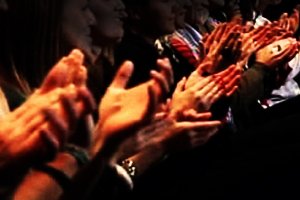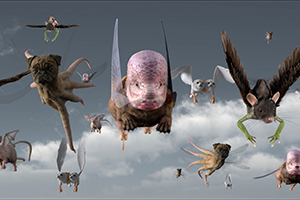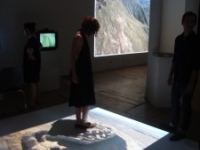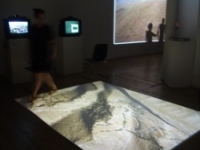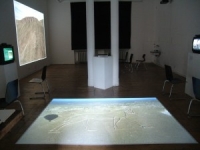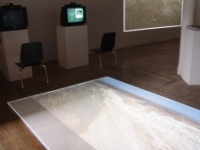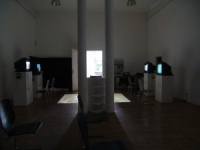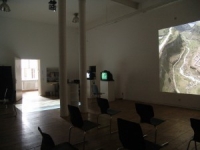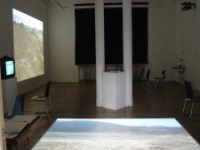 |
|
 |
|
 |
|
 |
|
|
`
ANDREW ROGERS
TIME AND SPACE | DRAWING ON EARTH
26 August – 23 october 2011
Curated by Rachel Rits-Volloch
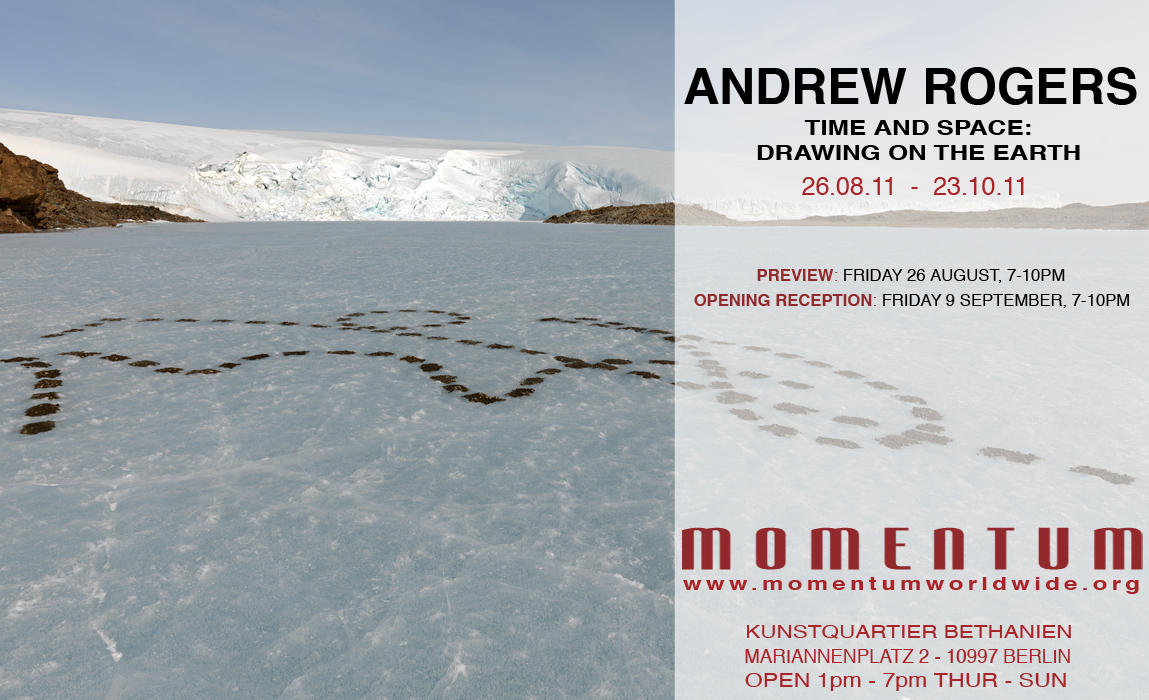
ABOUT:
Time and Space: Drawing on the Earth showcases photographs and televised documentation of the monumental land art projects of Australian sculptor Andrew Rogers. All together entitled the Rhythms of Life, this body of work encompasses the largest contemporary land art undertaking in the world, forming a chain of 47 massive stone sculptures, or Geoglyphs, around the globe. The project has involved over 6,700 people across seven continents and 13 countries, as diverse as: Turkey, Israel, Chile, Bolivia, Sri Lanka, Australia, Iceland, China, India, Nepal, Slovakia, USA, Kenya, and Antarctica. Andrew Rogers employs local cultural historical references, materials, and building methods in constructing his Geoglyphs that are made on a scale that can be seen from space. He also intends them to endure in their environments for hundreds of years. Rogers’ sculptural practice is ultimately durational, from the length of time it takes to realise each project (upwards of 6 years in some cases), to the time they will leave their mark upon the surface of the earth, to the time it takes to view and experience structures on this scale.
Using documentation of this vast global undertaking, Time and Space: Drawing on the Earth interrogates what we mean by time-based practice. As a platform for time-based art, MOMENTUM is showcasing this body of work in order to ask the question: What is time based art? How do we as an institution, and arts professionals more broadly, define time-based practice? Do we privilege the medium, or the viewer and the durational experience of watching a work unfold across time? Or does time-based practice encompass the means and process of the creation of an artwork?
Showing land art is a departure from MOMENTUM’s usual focus on video and performance art. And yet land art is integrally time-based. Andrew Rogers’ durational interventions on the surface of the earth are in many ways the direct opposite of Andy Goldsworthy’s ephemeral moments with nature, yet both bodies of practice privilege time in the same way. Where one is meant to disappear without a trace, the other is designed to degrade slowly over millennia. Rogers’ practice is the essence of monumentality. Working with local communities, researching and reaching back to the ancient, primal symbols of each host culture, he refashions them in the present for endurance into the future. Though built of stone, each structure erodes back into the landscape, crumbling into the different earths from which they were made. It is this process of change over time, inherent to all land art, which renders it time-based.
In Andy Goldsworthy’s practice, icicles melt and dry leaves crumble in a matter of minutes. But Andrew Rogers’ Geoglyphs erode over hundreds of years to form both traces and monuments of the cultures that imagined them. In his consideration of time Rogers is working on a scale usually only considered by Geologists, Astronomers, Mathematicians and Physicists, or perhaps by the ancient peoples who built structures such as Stonehenge.
Land art is not easily transferable into a gallery setting. In dealing with works on this scale, MOMENTUM is showing digital documentations of vast building projects across remote and inaccessible global settings. Along with photographs of the works themselves, the process of their creation has been documented in several television series that will be screened in sequence during the exhibition. This show is timed to coincide with the September opening in Cappadocia, Turkey of Time and Space, the largest land art park in the world and the current culmination of Rogers’ Rhythms of Life project. Located in Kunstquartier Bethanien at the heart of Berlin’s Turkish community, MOMENTUM is happy to brings these monumental interventions in Turkey’s most beautiful landscape to Berlin.
This show opened with a Salon discussion amongst art professionals, including Eleanor Heartney (art critic and writer for Art in America) whose essay on Rogers’ work can be read on this site, Adam Nankervis (a Berlin-based Australian artist and curator), Mark Gisbourne (internationally acclaimed writer and curator), David Elliott (writer, curator, director of the previous Biennale of Sydney, and of many museums across the globe), Anne Maier (of Berlin’s Haus Der Kulturen Der Welt), Caroline Stummel (art consultant), Mamoru Tsukada (artist and curator, also with Berlin’s Tokyo Wondersite), Norbert Palz (professor of digital architecture at UDK), Kirsten Palz (conceptual artist), Yishay Garbasz (photography and mixed media artist), Larry Litt (NY-based performance artist), Shonah Trescott (painter), Osvaldo Budet (video artist and documentary filmmaker), Mariana Vassileva (video and mixed media artist), Johann Nowak (gallerist, DNA Gallery), Cassandra Bird (of Duve Gallery and MOMENTUM), Maxime van Haeren (researcher, art and culture), and Rachel Rits-Volloch (director, MOMENTUM). This Salon showed that the question of what is time-based art, and Rogers work addressed in this context, both give rise to heated debate. This discussion will be available on this website in due course, but in the meantime we invite you to come and experience for yourselves this wide ranging documentation of Andrew Rogers’ drawings on the earth.
IMAGE GALLERY:


 Back to Homepage
Back to Homepage